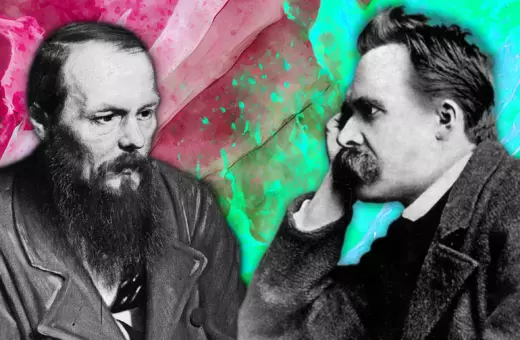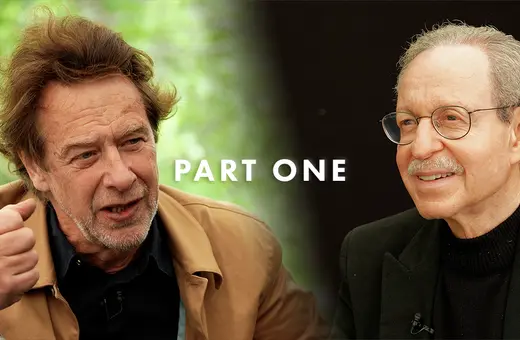At the heart of the quantum measurement problem is a profound misunderstanding of the subject-object relationship. A closer look at Fritz London and Edmond Bauer's work on the problem reveals Edmund Husserl's phenomenology at play. Recognising this provides a new way to explain the fate of Schrödinger's cat, writes Steven French.
Of all the mysteries associated with quantum physics, from entanglement to the Uncertainty Principle, perhaps the most fundamental is the so-called ‘measurement problem’. A striking way of seeing what’s at stake is by means of the infamous ‘Schrödinger's Cat’ thought experiment: inside a box is placed a cat and a sample of radioactive material, together with a Geiger counter connected to a device that, if triggered, will kill the cat (if you’re uncomfortable with the set-up, think of putting Schrödinger in the box).
According to quantum theory the state of this arrangement should be described as a superposition of sample-doesn’t-decay-geiger-counter-doesn’t-trigger-cat-alive and sample-decays-geiger-counter-triggers-cat-dead. However, when we open the box, we invariably observe either an alive or a dead cat. How may we account for this transition from the superposition to the definite state of either cat-alive or cat-dead?
One option is to insist that quantum theory only applies to the micro-realm and that macroscopic objects such as Geiger counters and cats shouldn’t be described as existing in these kinds of superpositions. That raises the issue of where we should draw the line between the micro and macro but setting that aside, quantum theory has been used to explain macroscopic phenomena such as the strange behaviour of superfluids and superconducting materials. Alternatively, then, perhaps we can account for the transition by making a distinction between material systems and consciousness, as suggested by one of the architects of the theory itself, John von Neumann.
How may we account for this transition from the superposition to the definite state of either cat-alive or cat-dead?
Von Neumann himself did not elaborate further on the role of consciousness here but that issue erupted in the early 1960s in the form of a debate between physicists Eugene Wigner and Henry Margenau on the one hand and the philosophers Hilary Putnam and Abner Shimony, on the other.
The former pair defended the central role of consciousness in resolving the measurement problem, referring throughout to a ‘very nice little book’ by Fritz London and Edmond Bauer which they took to summarize ‘quite completely’ the view indicated by von Neumann . Putnam and Shimony, however, separately subjected this view to blistering critical analyses, pointing out that not only did it assume a contentious mind-body dualism but that it remained utterly mysterious how consciousness could somehow reach out to the cat in the box and produce a definite outcome from a quantum superposition.
So devastating were these critiques that, despite the increasing number of ‘pop’ science books claiming that quantum physics demonstrated how everything is subjective, the majority of philosophers of physics turned away from this view and started paying more attention to some of the other alternatives, such as the now well-known ‘Many Worlds’ interpretation (according to which in one world the cat is alive, in another it is dead).
SUGGESTED VIEWING In a Parallel Universe With John Ellis, Lev Vaidman, David Tong, David Wallace




















Join the conversation